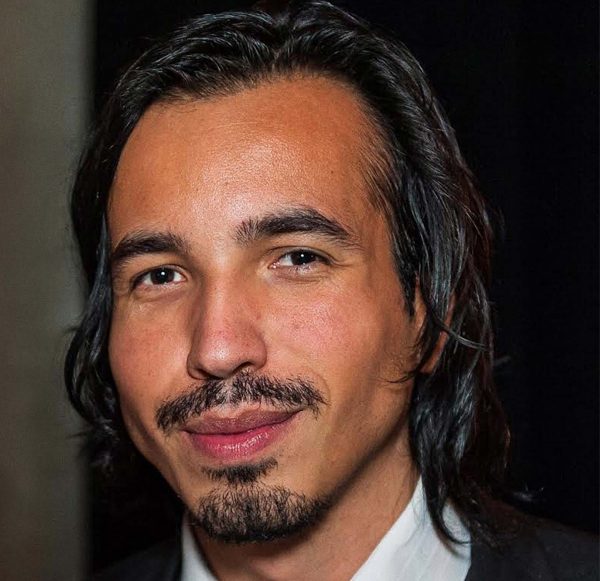 Rodrigo Valenzuela, who was born in Chile, lives and works in Los Angeles, where he is an assistant professor and head of the photography department at the University California, Los Angeles. Valenzuela works across photography, video, and installation, merging his interest in art history, architecture, the concept of work, and the realities of laborers. He is the recipient of the 2021 Guggenheim Fellowship in Photography and Smithsonian Artist Research Fellowship. He has received the Joan Mitchell Award, Art Matters Foundation Grant, and Artist Trust Innovators Award. He has had recent solo exhibitions at the New Museum in New York; the Lisa Kandlhofer Galerie in Vienna, Austria; the Jordan Schnitzer Museum of Art in Eugene, OR; the Orange County Museum; the Portland Art Museum; and the Frye Art Museum in Seattle. He has attended residencies at the Museum of Fine Arts in Texas; Skowhegan School of Painting and Sculpture in Maine; the MacDowell Colony in New Hampshire; and several others. He holds a BFA in Art History/Photography from the University of Chile, in Santiago; a BA in Philosophy from Evergreen State College in Olympia, WA; and an MFA in Photomedia from the University of Washington in Seattle.
Rodrigo Valenzuela, who was born in Chile, lives and works in Los Angeles, where he is an assistant professor and head of the photography department at the University California, Los Angeles. Valenzuela works across photography, video, and installation, merging his interest in art history, architecture, the concept of work, and the realities of laborers. He is the recipient of the 2021 Guggenheim Fellowship in Photography and Smithsonian Artist Research Fellowship. He has received the Joan Mitchell Award, Art Matters Foundation Grant, and Artist Trust Innovators Award. He has had recent solo exhibitions at the New Museum in New York; the Lisa Kandlhofer Galerie in Vienna, Austria; the Jordan Schnitzer Museum of Art in Eugene, OR; the Orange County Museum; the Portland Art Museum; and the Frye Art Museum in Seattle. He has attended residencies at the Museum of Fine Arts in Texas; Skowhegan School of Painting and Sculpture in Maine; the MacDowell Colony in New Hampshire; and several others. He holds a BFA in Art History/Photography from the University of Chile, in Santiago; a BA in Philosophy from Evergreen State College in Olympia, WA; and an MFA in Photomedia from the University of Washington in Seattle.
Interview with Rodrigo Valenzuela
By Jennifer Nelson, WTP Feature Writer
Nelson: Your process for the works appearing in WTP Vol. IX #6 is fascinating, a multifaceted orchestration of several mediums. How did you come to this process that involves not just photogravures but careful consideration, especially of balancing, in your subjects?
Valenzuela: The idea started by looking at modernist architecture in Latin America. Since 2018, I have been working on a modernist trilogy. The first part, American Type, was commissioned by The Orange County Museum of Art. American Type focuses on the relationship between modernist ideas in painting and American imperialism. The second part of the trilogy, Stature, in which I address brutalism and bureaucracy as the predominant aesthetics during the mid-century in Latin America. I relate brutalism and bureaucracy to USA-sponsored political uprisings from the 1960s to the late 1980s. The idea of balancing is more closely related to the materials I select and how they “perform” for the camera. In this case, I made many shapes by casting with concrete the negative space of electronic packeting. The concrete to me is the minimum common denominator between brutalism and bureaucratic institutions. Once I make enough shapes, I let the project take a life of its own, just paying attention through the viewfinder to the different configuration making it more of a language game rather than a photographic moment.
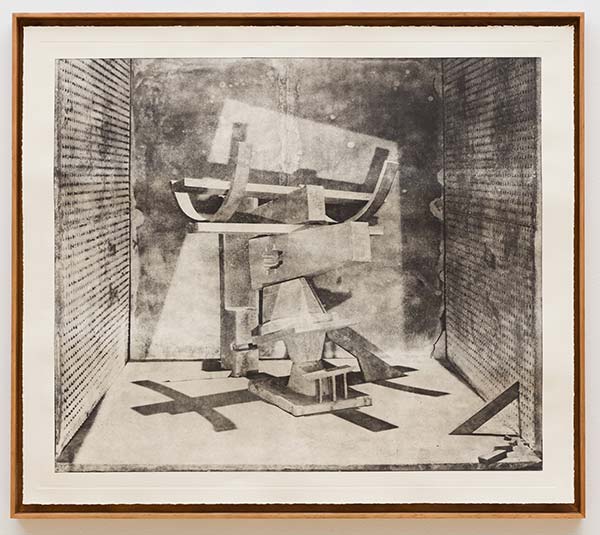
Nelson: Would you consider the works you photograph installations in and of themselves—are they ephemeral?
Valenzuela: I don’t consider them installations and the photographic process is one way to fight the ephemerality of any thought one can have or perpetuate an intimate gesture that one can do. The sets I design for my photographs are my attempt to build the conditions necessary for certain actions to feel unique.
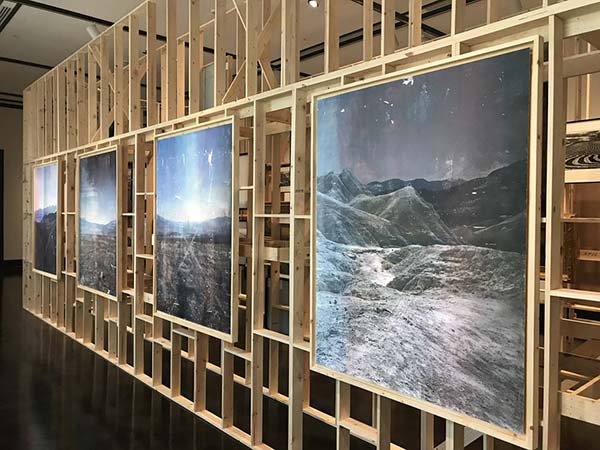
Nelson: In your studio, you often work with cinder blocks, pipes, wooden pallets, corrugated metal and two-by-fours. How did you come to these materials and what is their attraction?
Valenzuela: I work with materials I know well. Coming up with ideas is already hard enough. Using simple material that I have used since my days working in construction feels like one less problem when trying to make sense of everything in my studio. Their ubiquity helps me to articulate my ideas in a much more direct way too.
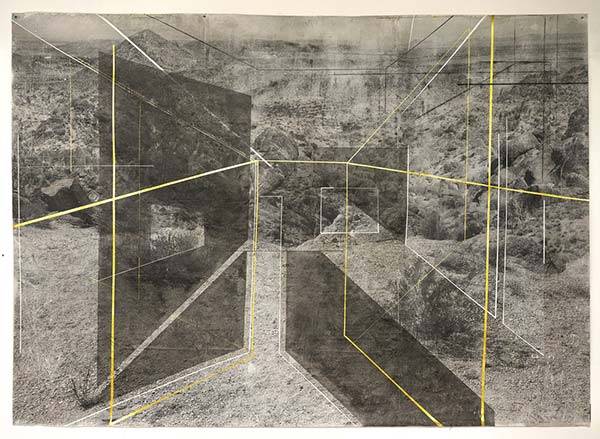
Nelson: Your Sense of Place series features barren landscapes in Joshua Tree National Park and Chile’s Atacama Desert. How did this series come about, black-and-white paintings with abstract lines juxtaposed over photographs?
Valenzuela: I document landscapes with black-and-white film, and then print them with photocopies and make image transfers. It’s all a metaphor for bureaucracy. I remove layers of paper with my fingers and a toothbrush and some sponges, so that only some of the toner makes its way into the canvas. It’s a very labor-intensive process.
The desert can be interpreted as a place full of possibilities—but also emptiness. My photos of the Atacama Desert are abstract: the lines project into the sky or get lost into the darkness. It’s a heavy place, for the altitude and the out-of-this-world feeling, but also for its history; there are bodies buried there from Pinochet’s military dictatorship. I made minimal gestures. I enjoy projecting possibilities about what the landscape could be while still leaving the lines abstract, in a way cutting the dream short. I want to leave the picture up to interpretation, and the dream unfinished.
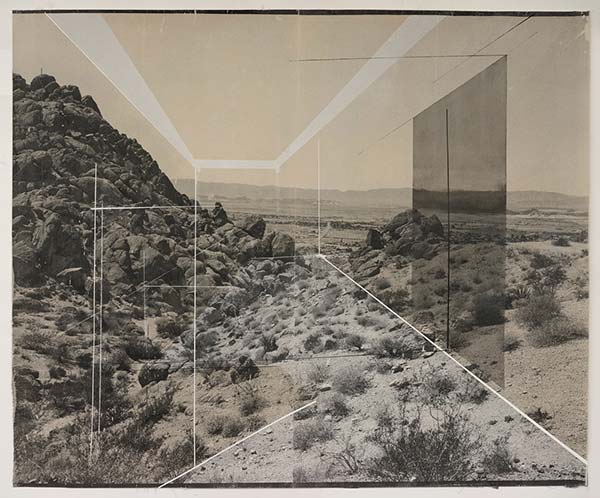
Nelson: Your installation Work in Its Place uses a staged scene with paintings from the Jordan Schnitzer Museum of Art in Eugene, OR, placed inside the wooden structure and your artwork hung outside. What processes did you use to create this installation that involved working with the museum, and why is the scaffolding important?
Valenzuela: In Work in its Place at the Jordan Schnitzer Museum at the University of Oregon, I used a past exhibition’s temporary walls to create a wooden structure to contain and conceal my selections from the museum’s permanent collection, which has a heavy emphasis on western landscapes and depictions of Manifest Destiny. I mounted my work on the outside of the structure and placed the permanent collection inside, having the collection only visible through the gaps between my works. I wanted to create an installation that made direct reference, metaphorically and physically, to issues of protagonism within art discourses.
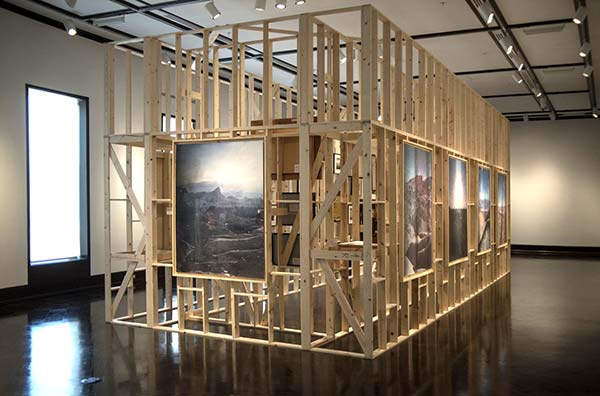
Nelson: How did immigrating to the United States impact your artwork, particularly in videos such as Maria TV from 2014?
Valenzuela: During my MFA studies, I started making videos that drew from my experiences as an undocumented worker. For my final video project in the Henry Art Gallery, I went back to Home Depot. I invited the day-laborers to share their immigration experience through a series of interviews. We talked about loneliness, American society, and our shared experiences as undocumented immigrants. The resulting piece, Diamond Box (2012), is composed of a series of video portraits divorced from their audio. I collaged their interviews into a resemblance of my personal story crossing the border.
Maria TV (2014) pays homage to my family. I was raised by five women and spent much of my youth watching soap operas with them. In these television shows, I saw an idealized way of life, consisting of abusive class and gender dynamics. For Maria TV, I wanted to point out the flaws of the representation of working-class women in mass media by creating a reenactment of the soap opera juxtaposed with narrations of actual Latina domestic workers. I used the script from a classic Chilean telenovela and hired fifteen Latina domestic workers to act in the role of the maid onscreen. I also filmed these women speaking about their personal experiences of motherhood, supporting their family, and fears relating to immigration.
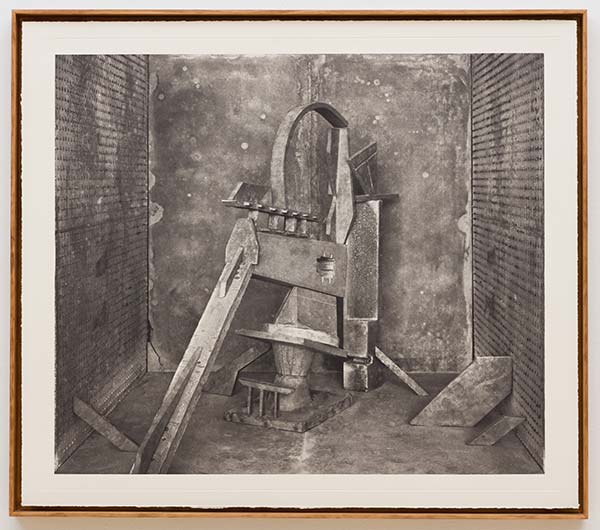
Nelson: How do you see your art evolving in the future?
Valenzuela: I have no idea what physical manifestations with work will take place in the future. For the moment, I keep working on my search about the history of labor unions and paying a lot of attention to how I can become a better teacher and mentor to my students at UCLA.
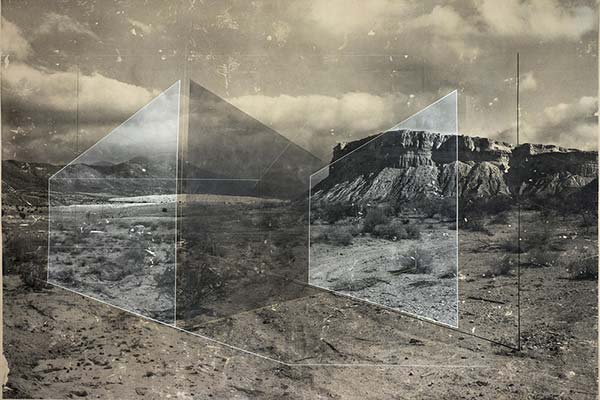
Click here to read more interviews with WTP artists
Copyright 2021 Woven Tale Press LLC. All Rights Reserved
